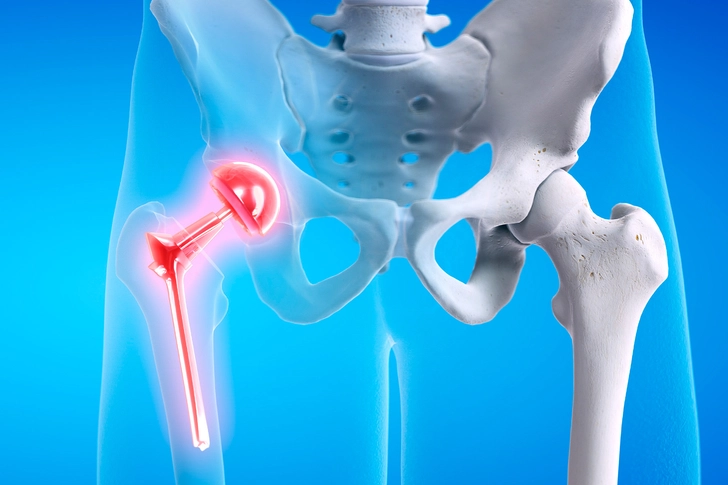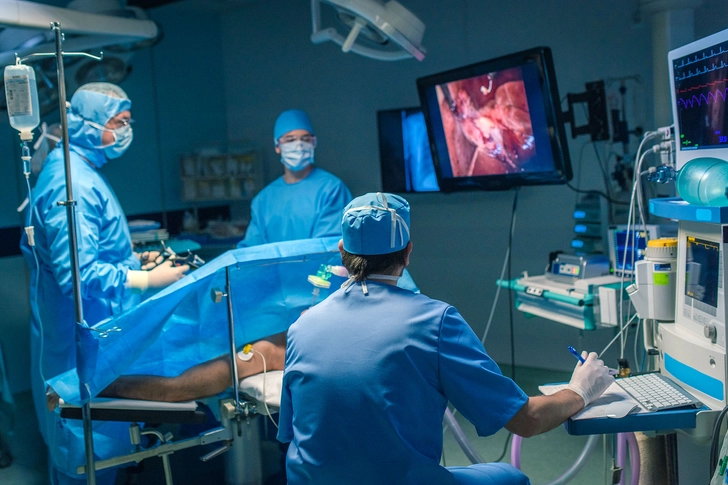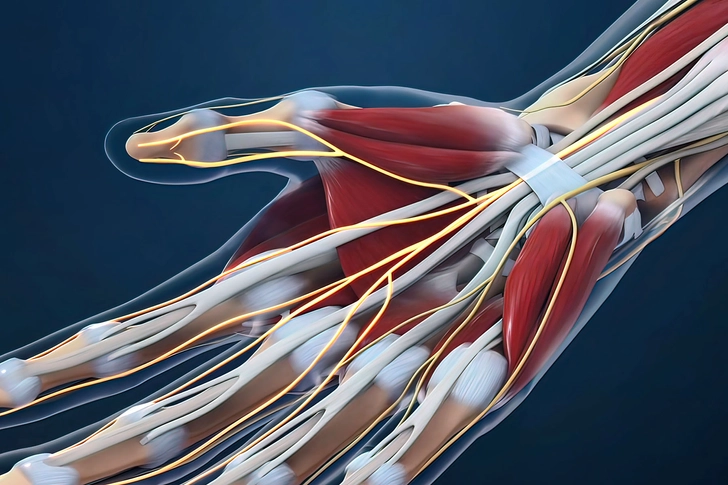- Overview
- Symptoms
- Causes & Risks
- Tests & Diagnosis
- Treatment
- Living With
- Mobility & Assistive Devices
- Complications
- Support & Resources
- View Full Guide
What to Know When Considering Surgery for RA




Joint Replacement Surgery (Arthroplasty)
In arthroplasty, a surgeon removes worn cartilage from a joint and replaces it with a plastic and metal implant that helps the joint move like a healthy joint should. This type of surgery is typically very successful. You can have it done on any joint in the body, but it’s most common for knee and hip joints.

Arthroscopy
During this procedure, a doctor makes a few small cuts in your skin near the joint that needs repair. They then insert a thin tube with a light on it called an arthroscope into one of the cuts. They insert small tools through the other cuts nearby and repair or remove damaged cartilage and remove any loose tissue that may have torn away.

Joint Fusion (Arthrodesis)
This is the most common surgery for RA. It’s usually for your hand or foot. A surgeon takes two bones that form a joint and fuses them together with screws and plates to make one bone. New bone grows between the bones. You won’t be able to move the joint after surgery, but fusion greatly improves function and stability and relieves pain.

Synovectomy
Synovium is the tissue that lines the joints in fingers, wrists, elbows, knees, and hips. During a synovectomy, a doctor removes any of this tissue that’s inflamed. Afterward, your tendons should move more easily and be less likely to tear.

Tendon Release Surgery
Also called carpal release surgery, this technique relieves carpal tunnel syndrome, which people with RA often have. The condition causes inflammation and swelling that presses on nerves and tendons in the carpal tunnel, a narrow band of bones and ligaments on the inside of the wrist and hand. During the surgery, a doctor cuts the ligament that’s pressing on the carpal tunnel, which improves pain and function.

Tendon Transfer Surgery
During this hand procedure, a doctor takes a working tendon from one side of your wrist and attaches it to a tendon on a damaged muscle. This helps rebalance your wrist and fingers, reduce pain, and increase movement and flexibility.

Preparing for Surgery
You can have many of the surgeries for RA, including joint replacement, in a clinic and then you can go home the same day. But some procedures require a hospital stay. You might have to stop taking your RA medications before surgery. Some of them could affect how well your body heals and fights infections.

Surgery Risks
All surgery comes with risk. If your doctor uses general anesthesia, you may feel nauseous or throw up. You’ll feel pain and soreness where cuts were made. The most common risks after surgery are for infection, bleeding, and nerve damage. You could get blood clots, too.

Recovery
Your recovery time will depend on the type of surgery you have. It can range from 2 to 4 weeks. Your doctor may recommend physical therapy or rehab after your surgery to help you regain mobility and strength.
IMAGES PROVIDED BY:
- The Image Bank / Getty Images
- Science Photo Library / Getty Images
- E+ / Getty Images
- Stocktrek Images / Getty Images
- Portra / Getty Images
- iStock / Getty Images Plus / Getty Images
- The Image Bank / Getty Images
- Tetra Images / Getty Images
- Brand X Pictures / Getty Images
- E+ / Getty Images
SOURCES:
Mayo Clinic: “Rheumatoid Arthritis.”
American College of Rheumatology: “Joint Replacement Surgery.”
Mansfield Clinic Health System: “Arthritis Of The Knee.”
OrthoInfo: “Rheumatoid Arthritis.”
UT Southwestern Medical Center: “6 plastic surgery options for treating rheumatoid arthritis.”
Johns Hopkins Medicine: “Carpal Tunnel Release,” “After Surgery: Discomforts and Complications.”
Massachusetts General Hospital: “Tendon Transfer Surgery.”